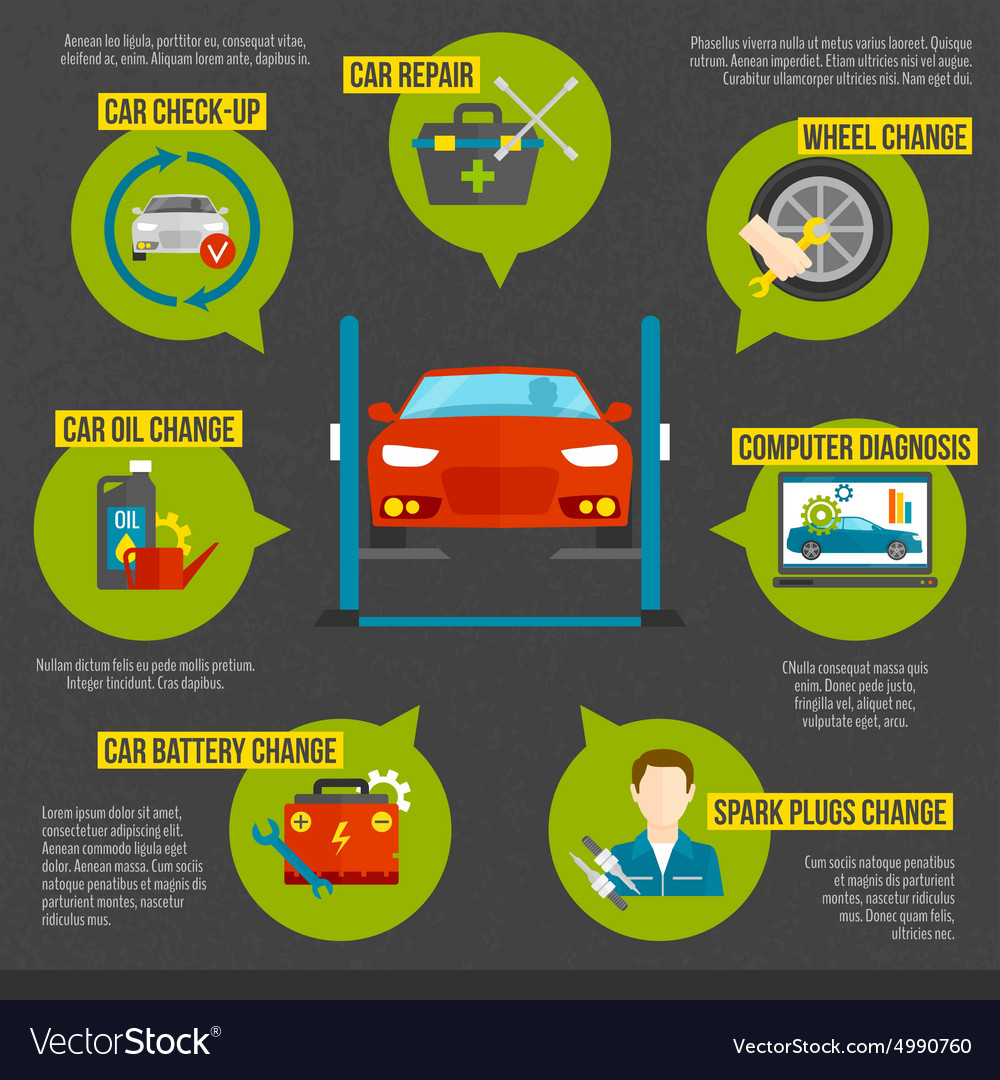Wondering About The Significance Behind Those Dashboard Warning Lights? Gain Understandings Into Their Effects For Your Vehicle'S Safety And Security And Upkeep
Wondering About The Significance Behind Those Dashboard Warning Lights? Gain Understandings Into Their Effects For Your Vehicle'S Safety And Security And Upkeep
Blog Article
Web Content Writer-Lim Shepherd
When you're behind the wheel, those beautiful warning lights on your dashboard can be a bit bewildering. Do you recognize what they're trying to inform you regarding your automobile's health and wellness? Comprehending the importance of these lights is essential for your safety and security and the longevity of your vehicle. So, the next time one of those lights pops up, wouldn't you wish to understand its message properly and take the necessary actions to resolve it?
Common Warning Lights and Interpretations
Determine usual warning lights in your vehicle and understand their definitions to ensure safe driving.
One of the most regular warning lights consist of the check engine light, which signals problems with the engine or exhausts system. If this light comes on, it's vital to have your vehicle examined immediately.
The oil pressure advising light shows low oil pressure, needing instant interest to prevent engine damages.
A blinking battery light could recommend a defective billing system, potentially leaving you stranded if not resolved.
https://brake-line-fittings31839.dsiblogger.com/64179240/want-to-find-one-of-the-most-reliable-vehicle-service-center-in-your-area-testimonial-the-top-10-pointers-that-will-certainly-sustain-you-in-making-a-sound-decision tracking system (TPMS) light notifies you to reduced tire stress, affecting vehicle stability and fuel performance. Disregarding this might cause unsafe driving problems.
The ABS light shows a trouble with the anti-lock stopping system, jeopardizing your capability to quit quickly in emergencies.
Finally, the coolant temperature warning light warns of engine getting too hot, which can cause severe damages if not resolved quickly.
Recognizing these usual caution lights will assist you resolve concerns without delay and preserve risk-free driving conditions.
Value of Prompt Interest
Understanding the usual warning lights in your cars and truck is just the primary step; the importance of immediately attending to these warnings can't be emphasized enough to guarantee your safety and security when traveling.
When a caution light brightens on your dashboard, it's your auto's way of connecting a potential problem that needs focus. Ignoring these cautions can result in much more serious issues in the future, jeopardizing your security and possibly costing you extra out of commission.
Trigger interest to cautioning lights can stop breakdowns and accidents. For example, a blinking check engine light could indicate a misfire that, if left ignored, can create damage to the catalytic converter. Addressing this without delay can conserve you from a costly repair.
In a similar way, a brake system warning light may indicate low brake fluid or worn brake pads, important components for your safety and security when driving.
Do It Yourself Troubleshooting Tips
If you notice a warning light on your control panel, there are a couple of DIY troubleshooting tips you can attempt before seeking professional assistance.
The very first step is to consult your cars and truck's handbook to understand what the details warning light shows. In some cases the problem can be as simple as a loosened gas cap setting off the check engine light. Tightening the gas cap may solve the issue.
check out this site is a low battery, which can activate numerous warning lights. Checking the battery connections for corrosion and ensuring they're secure could deal with the trouble.
If a caution light persists, you can attempt resetting it by disconnecting the auto's battery for a couple of minutes and afterwards reconnecting it. Additionally, inspecting your lorry's fluid degrees, such as oil, coolant, and brake liquid, can assist fix cautioning lights associated with these systems.
Conclusion
In conclusion, comprehending your car's warning lights is vital for keeping your car running efficiently and securely. By quickly attending to these alerts and recognizing what they imply, you can stay clear of costly repairs and possible failures.
Keep in carinteriorcleaning to consult your car's guidebook for certain details on each cautioning light and take action as necessary to make sure a trouble-free driving experience.
Stay informed, remain secure when traveling!
